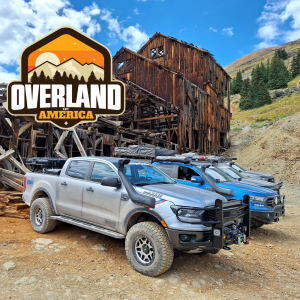Really porting the intake only does good for high rpm too. If you have to pay someone to do it i wouldnt bother. Now i disagree with the EFI lower not being good for low end. They have equal runner lenghts which has MANY advantages. I have one, i used to use it on my racecar, and it was better all around. I would suggest using a holley 350 cfm 2bbl carb. The 500 2bbl was too much for launch for my car, but we didnt have the money to buy a new carb. Also the holley 350 will bolt to your stock 2bbl carb intake if you take the small carb adapter off (if you didnt know this already) and will make an improvement in power. Its hard to tune the stock carb intakes because the runner lengths are all jacked up.
My suggestion is to use the intake you have, if you have an EFI, go ahead and modd it, the adapter plate for them is $100. If you have the carbed intake, use it in stock format unless you are cleaning it up yourself. i would still not do much to it.
Keep in mind that anywhere fuel flows across the intake or head runners you want a slightly rough surface. a smooth surface will cause the fuel to settle on the wall (lack of turbulence to keep it mixed in) and promote fuel pooling. This can cause undesireable running conditions especially at lower rpm. Also it may cause poor fuel mileage due to improper tuning.













